The cottagecore style is meant to represent a distinct lifestyle as well as a distinct look. It is basically meant to center self-reliance and simplicity as two of the most important aspects of your life. The point of the cottagecore lifestyle is to be independent by making things yourself as much as possible and rejecting the mass-produced consumer lifestyle that we are encouraged to live.
So for example instead of buying new decor or furniture when the time comes, simply repurpose something old rather than throw it out. In other words, embrace living with used refurbished stuff and not always replacing it with the new. This combined with embracing interior greenery means coming closer to nature and leading a happier, greener, and less complicated life.
How to Make Your House Cottagecore
Now that you know the cottagecore style in the broad strokes, it’s time to get down to brass tacks and talk about integrating the cottagecore look into your home. There are a few avenues by which this can be achieved and ideally you want to have a little bit of several elements to really capture the wholesome look of this design style. As you go along be sure to keep the spirit of the entire aesthetic in mind so that you can stay on track with the conversion process. With that said, here are a few things to focus on.
Vintage Furniture (that is soft furnishings)
This one is something of a no-brainer. If you want a rustic farmhouse look there are few better ways to set the right tone than with some vintage furniture that has that distinctive lived-in look. Antique furniture, especially stuff with a french influence or country look is going to be the best fit and is typically going to be the centerpiece of any cottagecore design.
It’s an essential element of the look and as such you want to make sure you get stuff that is both classy and has that old-world charm. Don’t worry about any light scuffs or faded fabric, all of that is part of the look too since cottagecore style is nothing if not quintessentially eclectic. After all, what better way to avoid conformity than with the randomness of everyday wear?
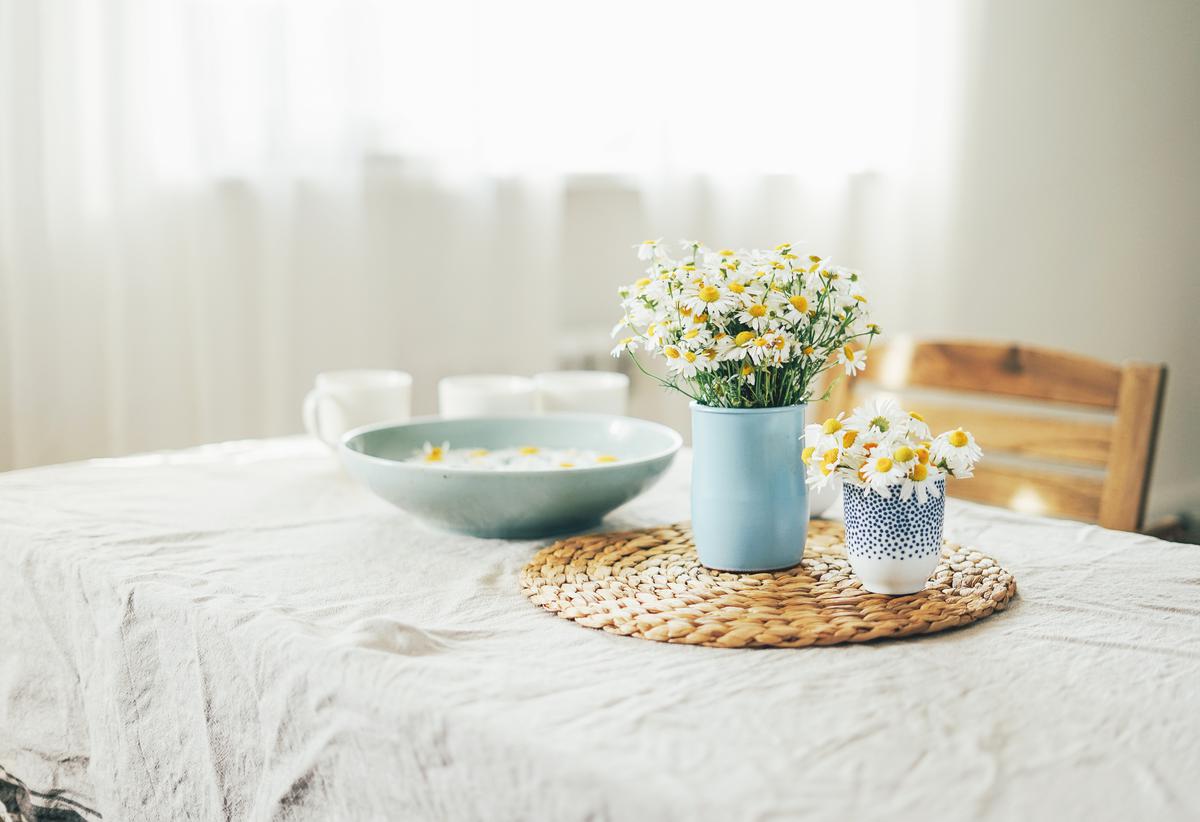
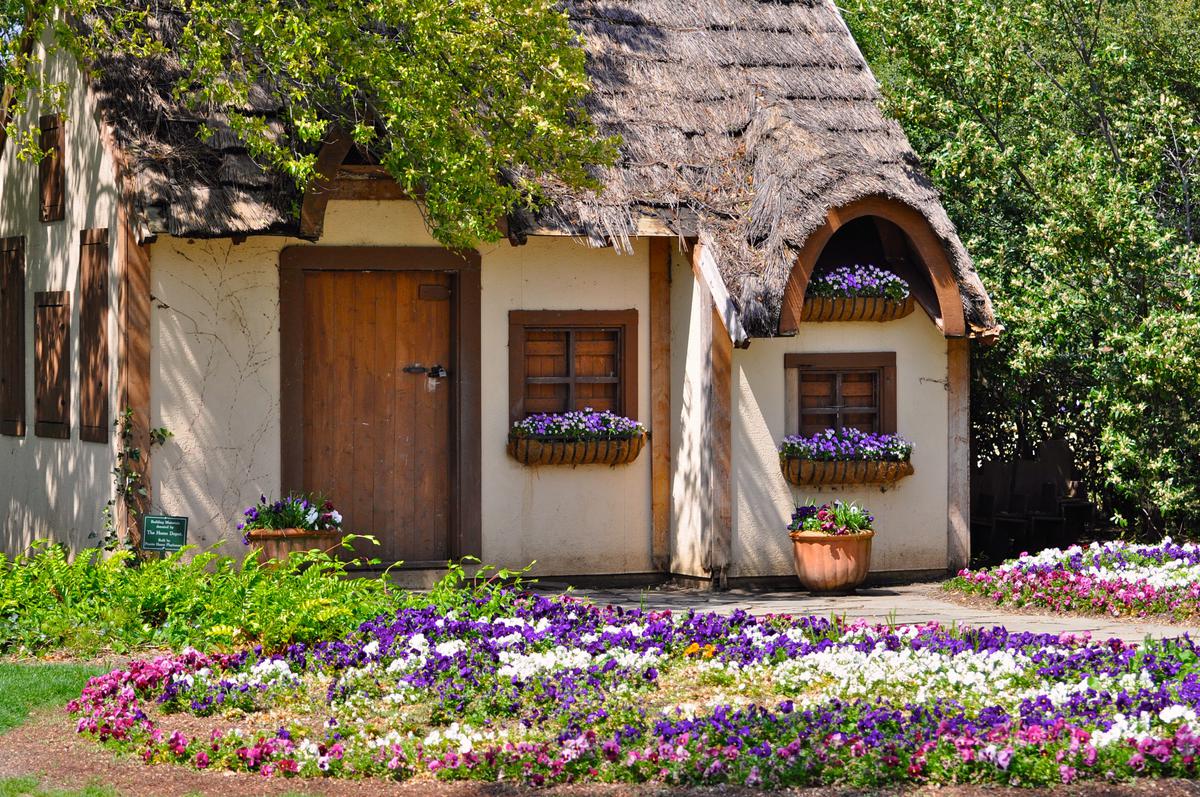
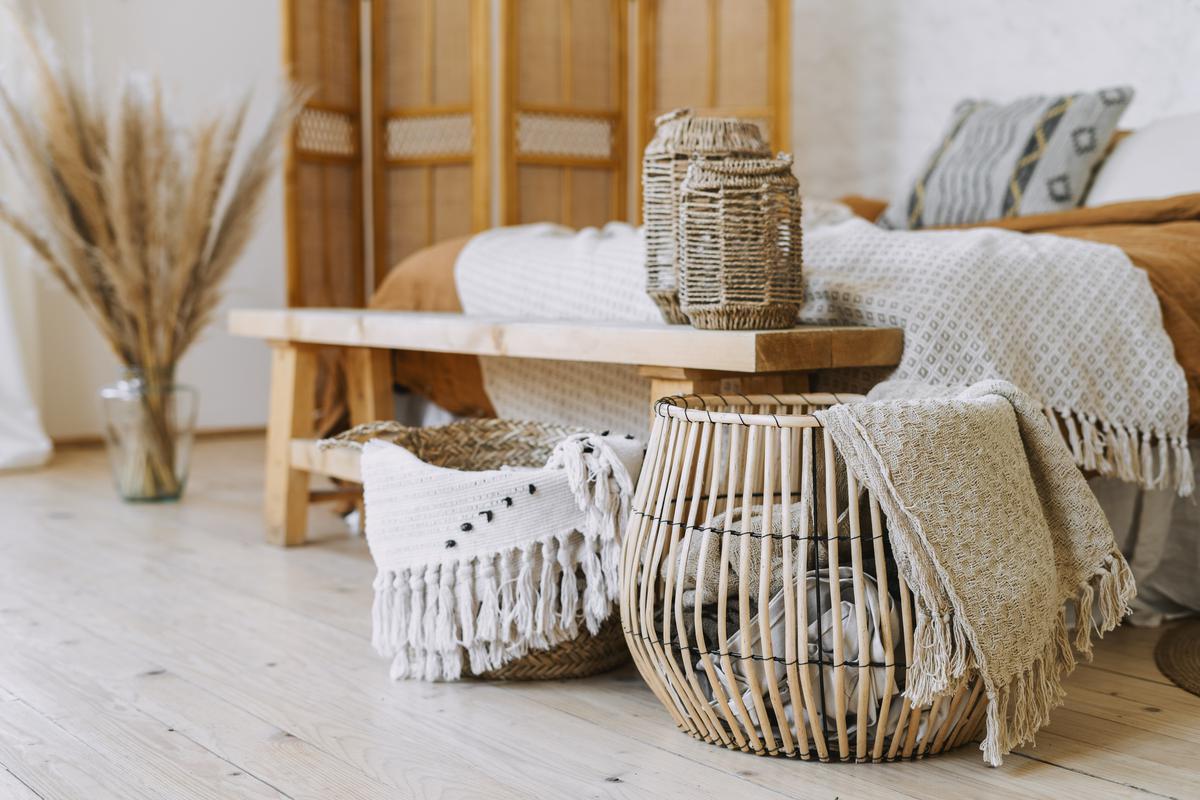
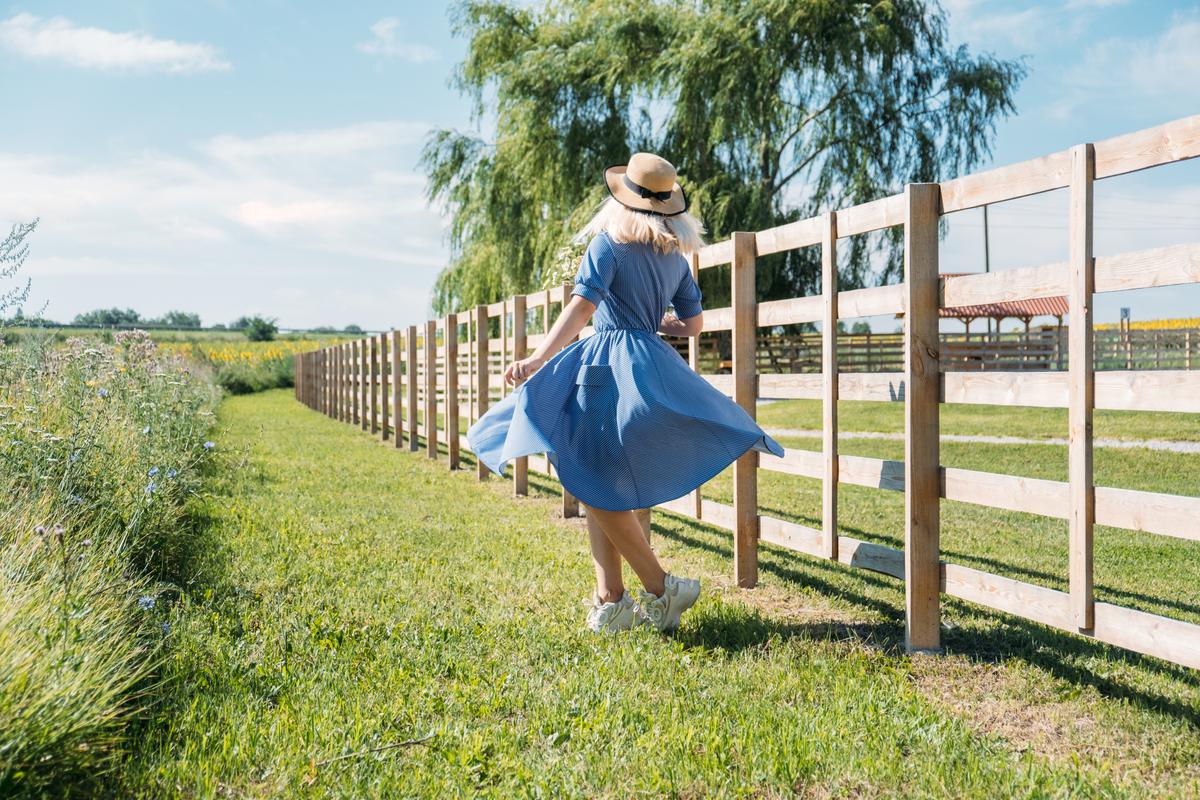

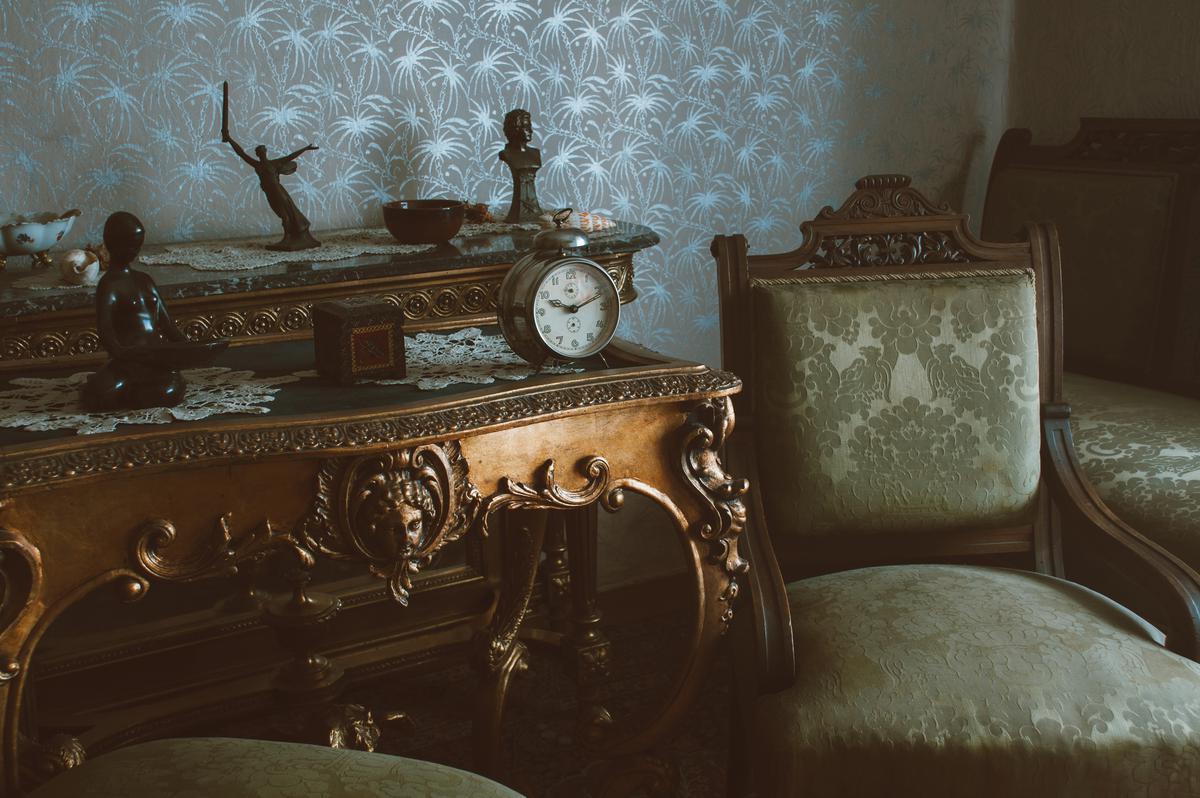
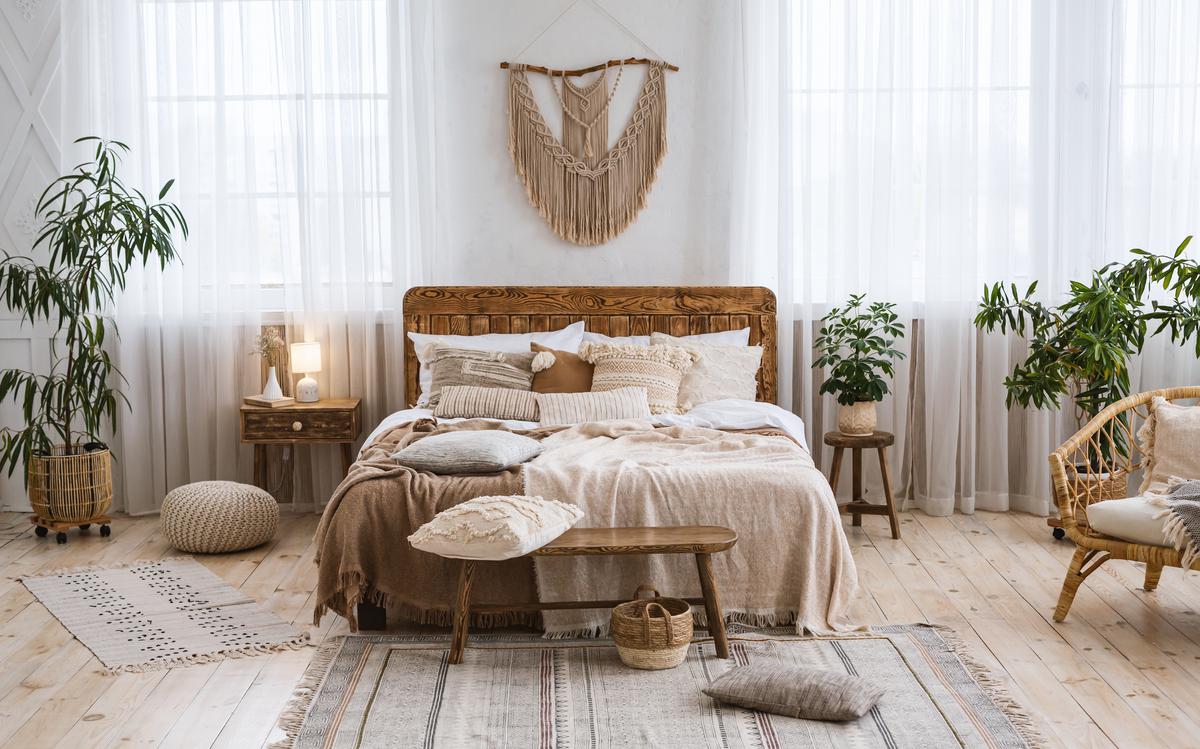
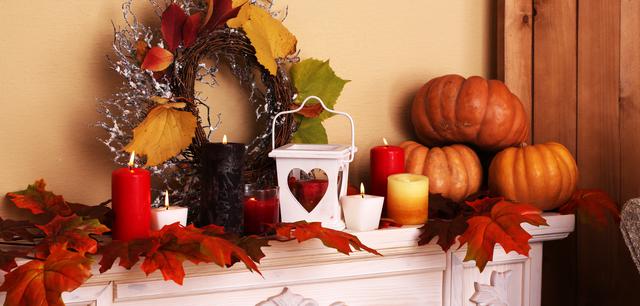

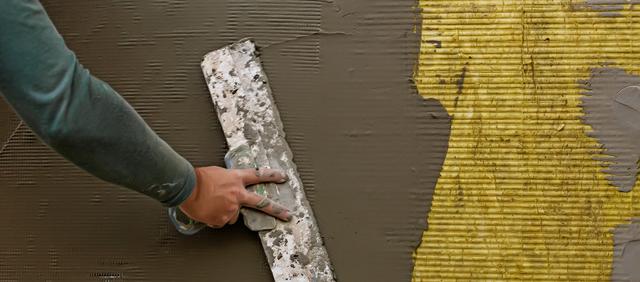

comments